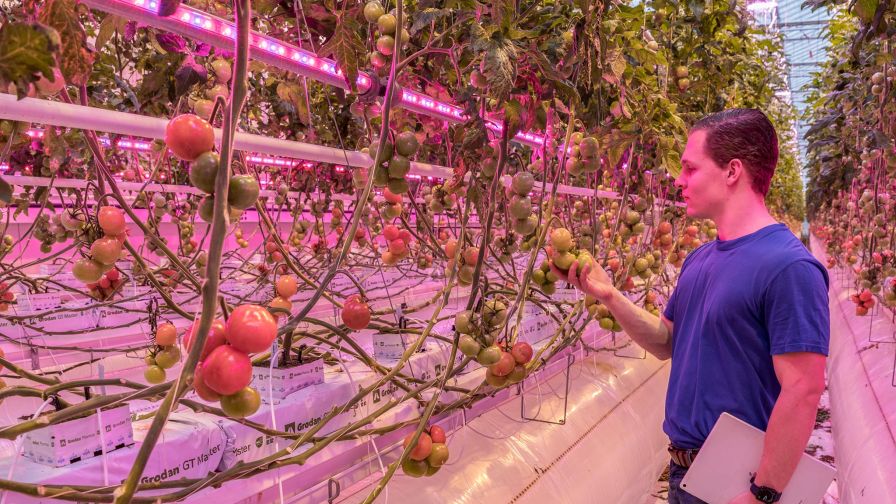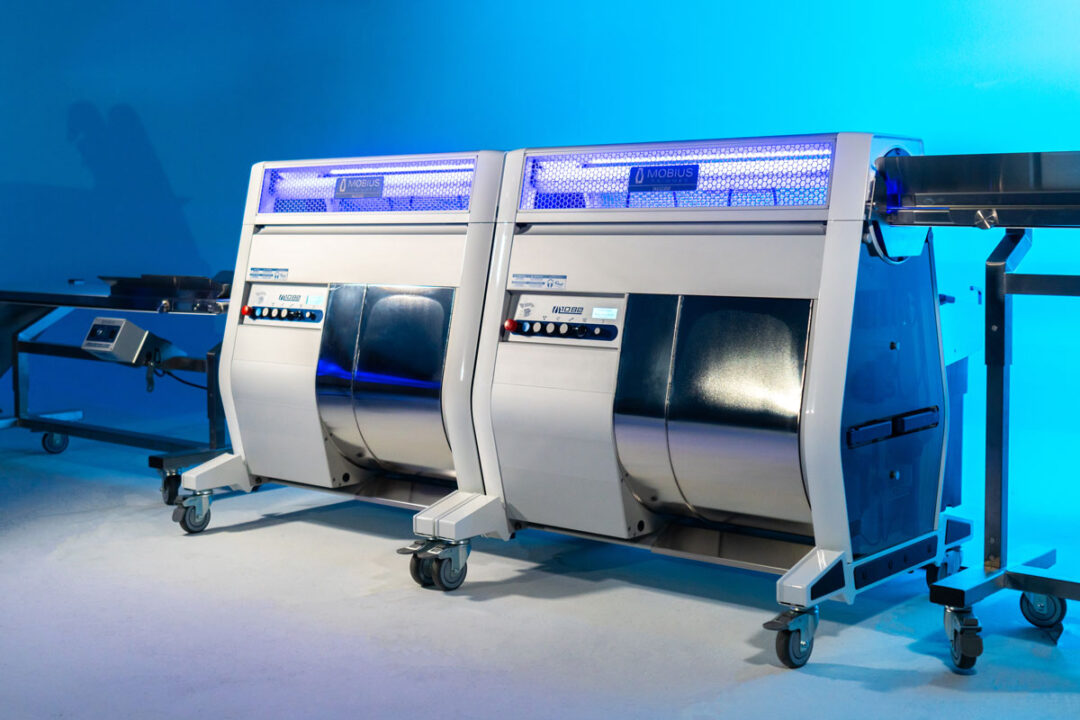The Benefits of Data-Driven Greenhouse Growing
Agricultural businesses are turning to data-driven practices more than ever, and with that comes an evolution in the tools available to analyze and use data. Collecting data allows you to take intelligent actions and make strategic decisions to optimize your production practices.
Data-driven growing involves three steps:
- The collection of data
- The analysis of these data
- The drawing of conclusions and putting them into action.
While the return on investment for data technology can be high, growers may still wonder how it benefit them. A recent article from Pylot offers an overview of these benefits.
Increased Control Over Your Growing Environment
A vast amount of data can be collected in a greenhouse. You can place sensors inside the greenhouse to collect data that make it possible for you to control the most important climatic conditions, such as temperature, humidity, light, and CO2 levels. Since the sensors work all the time, you can adjust settings inside the greenhouse whenever it’s needed to create the optimal environment for your plants.
Reduced Use of Water and Energy in the Greenhouse
These same sensors can be used to monitor soil moisture levels. By monitoring the data for a while, you can see patterns. You can make sure to only water the plants when necessary and water them with the correct amount of water.
Improved Crop Quality
The correct use of data and the use of artificial intelligence increases plant quality. Algorithms can classify and analyze data and draw conclusions, and even make predictions. It can allow you to produce higher-quality crops that are more resistant to diseases or pests.
Higher Yields
Using data can help you plant with precision and automate harvest at the best moment. Combined with the best growing conditions, it will allow data-driven greenhouses to achieve higher yields.
Reduced Cost of Labor and Equipment
Tasks such as irrigation or the injection of fertilizers can be automated. There is less need for manual labor in the field. The use of sensors combined with the right alerts will make sure problems are detected at an early stage. As efficiency and yield increase, the cost of labor per unit or output will decrease.
Learn more in the original post from Pylot here.











